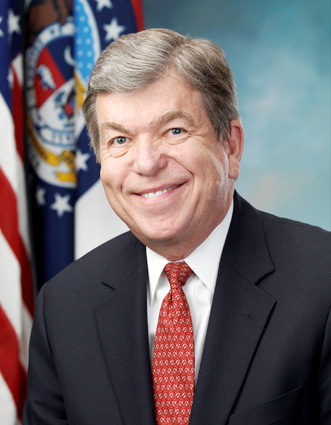
Over the past year, we have faced what we hope will be a once-in-a-lifetime pandemic. The United States responded, through the expertise and leadership at the National Institutes of Health (NIH), its nationwide community of researchers, and partnerships with the private sector. We were able to create two vaccines, two treatments, and 23 diagnostic tests to fight the new virus.
All of them were invented, found safe and effective, and authorized by the Food and Drug Administration in record time. At a moment of crisis, during shutdowns and social distancing, our scientists and health care researchers were challenged like never before, and they prevailed.
Now it’s time to apply the lessons learned during COVID-19 to eradicating other diseases and preparing for the next pandemic.
One important reason we were able to respond so quickly against COVID-19 was because the federal government became a more active partner in research and development, instead of just a sponsor.
When diagnostic tests were in short supply at the height of the pandemic, NIH created the Rapid Acceleration of Diagnostics program to speed up the process of getting more tests to market. RADx used a process similar to the way venture capitalists on the television show Shark Tank analyze an investment. Ideas were evaluated for ease of use, scalability, and manufacturing capability. NIH received 716 applications and selected 139 for further development. Ultimately, 32 commercialized diagnostic tests came out of the program, increasing the number of tests available by two million a day.
At the Department of Health and Human Services, Operation Warp Speed narrowed about 100 possible vaccines to the top six and provided funding for research, development, and manufacturing. So when a vaccine earned approval, there were vials of it ready to distribute within 24 hours. Americans were getting shots in their arms three days later.
NIH also started a public-private partnership called ACTIV, short for Accelerating COVID-19 Therapeutic Interventions and Vaccines. Federal health agencies worked with 20 industry leaders to prioritize treatments for the new disease. So far, they’ve gotten 29 treatments in clinical trials, with several already helping patients.
These programs prove that active collaboration between the government and the private sector, coupled with targeted funding, can create scientific breakthroughs. The federal government started acting like a venture capitalist, providing seed money to help get good ideas through the development process quickly.
What if we could do for cancer, Alzheimer’s disease, ALS, or the next infectious disease what we did for COVID-19? What would it take?
I believe the answer is ARPA-H.
Modeled after the Defense Advanced Research Projects Agency, or DARPA, ARPA-H would focus on advanced research specifically for health. It would be a new Institute at NIH with the flexibility and resources to respond to the most daunting health problems Americans face today, as well as the next pandemic. And it will fill the gaps we saw during the pandemic between a basic scientific discovery and commercialization of a product.
ARPA-H will operate with autonomy and with the discretion to pick projects that best address major diseases. It might work on developing a blood test for universal cancer screenings, or developing microneedle patches for self-administered, at-home vaccinations.
This new institute will be more nimble than other federal research organizations. It will be able to react quickly, focus on high-impact research, and terminate projects that fall short. And it will focus on big ideas that are larger than what can be accomplished by a single researcher. I believe this structure, like we saw during the pandemic, will do the most to fill the gap in research between an idea and a cure.
Our COVID-19 research and development efforts have transformed how we fund science and when we should be willing to take more financial risk to reap greater reward. We’ve shown that in times of crisis we have the capability to find solutions at an extraordinary speed. We can exceed our own expectations. Now we must establish a permanent structure to harness this capability to improve the health of all Americans. Now is the time for ARPA-H.
U.S. Senator Roy Blunt of Missouri serves as the top Republican on the Senate Appropriations Subcommittee on Labor, Health and Human Services, Education, and Related Agencies. He also serves in Senate Republican Leadership as the Chairman of the Republican Policy Committee.
To read the article online, go to. https://www.washingtontimes.com/news/2021/jun/29/arpa-h-building-on-the-lessons-of-fighting-covid/.



Facebook Comments